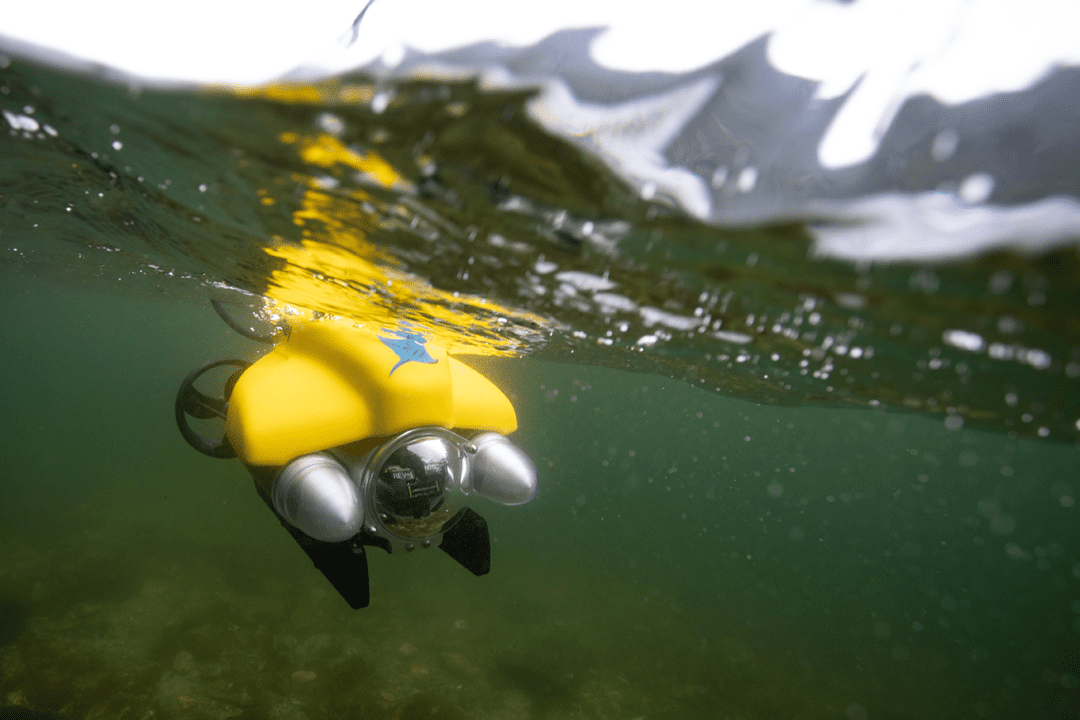Discover The Benefits Of Underwater ROV Technology

Remote Operated Vehicles (ROV) are beneficial to many industries, with the term generally applied to those that work underwater. There are different types and designs that have been created to address various subsea or freshwater challenges.
The following is a guide to the types of ROV you might come across and the benefits they bring to a variety of industries.
- What is an ROV? It’s an unmanned, remotely operated vehicle that can mobilise in water. It can be deployed anywhere from surface level down to incredible depths and can be used in both the ocean and freshwater
- How does an ROV move? Forward, lateral and reverse motion is afforded by multiple propellers/thrusters. These create the necessary forces that allow the vehicle to either advance or to remain in a fixed position – an attribute known as ‘station keeping’
- What are the different types of ROV? Categorised by size, the largest models are used to install, repair and recover offshore infrastructure. These are around the size of a small minibus. A light work class ROV is around the size of a quadbike. An inspection ROV is armchair size and the smallest – a micro/portable ROV – is one that weighs less then 50 kg. The latter is the most common type used for visual inspections
ROV use by Industry
ROVs are usually deployed to reduce the need for humans to dive or where it’s impractical to do so. ROVs also provide a mechanism for deploying certain tools and inspection equipment underwater in a safer and more practical manner, e.g. performing RVI and/or NDT inspections on underwater assets like pipelines.
The top uses by industry are as follows:
Military:
- Special recovery ops
- Naval asset inspection
- Waterborne improvised explosive device (IED) intervention
- Submarine rescue
- Sea and limpet mine intervention
Offshore energy (oil & gas, hydroelectric, wing):
- Inspections – non-destructive testing (NDT), close visual, general visual
- Infrastructure recovery and deployment
- Control manifold interventions
Commercial diving and salvage:
- Construction and salvage tasks
- Attaching and releasing hooks – equipment installation and recovery
Inshore infrastructure:
- Inspections, assessment and monitoring of equipment
- Dredging
- Debris collection
- Sediment sampling
Other industries that also make use of ROV technology include:
- Search and rescue
- Aquaculture
- Underwater exploration
- Nuclear decommissioning
The Elements of an ROV and Benefits to Industry
Each type of ROV is slightly different. However, the core components remain the same.
- The frame or central chassis
- Thrusters or propellors. Modern ROVS, and especially the smaller, portable types, can roll, pitch and yaw
- Cameras – can have single or multiple. These allow the human operator to manoeuvre and control the vehicle as needed, plus – in the case of inspection vehicles – provide visuals and gather data
- Payload capacity for integration of NDT technology to enhance asset integrity inspections
- Lights to illuminate areas of inspection or where work is to be carried out
- Power source. This is either integrated into the ROV or provided from topside. Onboard power is provided by lithium batteries
- A topside controller that allows the human operator/s to manoeuvre the vehicle and any tools or manipulator arms, and control any sensors such as cameras or NDT equipment for inspection purposes
- A tether to the topside controller if not battery powered
- Other auxiliary connections, such as tools
As ROV technology advances, the need for human underwater activity will decrease. Not only will this increase safety, but reduce costs, time and be advantageous to other areas of subsea or freshwater industry.
The abilities of ROVs to service all industries are gradually being implemented as companies come to recognise the benefits. Robotic technology on land is already playing a huge part in streamlining industrial processes. This is now being mirrored in the underwater landscape and is set to revolutionise many of the challenges multiple industries have always struggled to find a solution for.
Contact us to find out more, or request a quote online.
